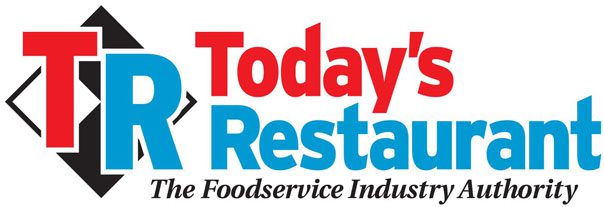
The Real Cost of Losing Restaurant Staff
By David Scott Peters
Picture this: Sarah, a talented line cook in a popular downtown restaurant, decides to quit unexpectedly. The owner, John, thinks he can easily replace her but what he doesn’t realize is that Sarah’s departure sets off a chain reaction. There is lower morale among the staff, a decline in the food quality and, eventually, a drop in customer satisfaction. Let’s explore the hidden costs of this kind of turnover and how you can turn this challenge into an opportunity.
The hidden costs of restaurant staff turnover
There’s one thing you can’t teach in the restaurant business and that’s experience, especially experience in your restaurant. There’s the experience of what a rush is like, what to do when your burners go out during service, or how to handle a crazy holiday weekend. These are just a few examples of those things that can’t be taught in a manual. Sure, you can systemize a lot of it and teach staff your system, your process, your way and make sure they’re as prepared as possible but nothing truly replaces the institutional knowledge your experienced employees have.
There are also training costs involved and training for new hires is expensive. Twenty years ago, when I first started coaching restaurant owners and their managers, the estimate for turnover was about $2,000 per employee. Today, studies like the one by the Society of Human Resource Management called the “Human Capital Benchmarking Report,” showed the cost of turnover today is $4,129 per new hire. That number includes costs like training wages for the employee and the trainer, uniforms, product errors, service errors and insurance. That’s more than double what it was 20 years ago, so financially it’s expensive when you lose somebody and have to bring somebody else in.
How about the decrease in productivity and even team morale when you lose a seasoned team member? It might take two people to fill in that role, such as that well-trained cook that literally can handle two or three stations at a time, so on a slower day you only need two cooks on the line, not four. Your seasoned people have done their job over and over for so long that the process of doing their job has become second nature. They’re much faster and can juggle more. That’s where experience comes in. You can teach somebody to cook a dish but to do it quickly, multitask, know where everything is and to know the little secrets like the hot hot and the cold spaces on the grill, that only comes with experience.
When a good team member leaves abruptly, it can damage morale because all the other employees that are still working there, their jobs just got harder. They lost the key team member that supported their work and, often, they’re losing a friend. There’s a good chance there’s a bigger issue, something underlying in your restaurant that’s truly affecting how that employee felt that left you. They’re likely not alone in their experience and their feelings.
Reasons employees leave
Employees leave because of limited advancement opportunities. While I get that many of your restaurant employees don’t want opportunities for advancement, like to become a manager, many of your employees still want to know that there’s a future with your restaurant.
Employees leave a poor work environment. When a job becomes too stressful, and you have lack of support due to poor management, people look for new jobs. It’s important to support employees, make sure they feel engaged in your business, that they’re part of something bigger. They want to work for an employer of choice.
Sometimes employees leave because they get a better offer. A better offer may be making more money and getting benefits or maybe it’s the two reasons above.
Remember how I started with the example about Sarah and John? What if John could have retained Sarah by addressing her concerns? What could John have done to keep Sarah? He could have:
- Established and maintained open communication channels.
- Conducted regular training and development programs for team members, especially those who want to grow.
- Made his team members feel appreciated.
Building a resilient team
The true cost of turnover is a web of interconnected challenges. Reassess your hiring processes, your training processes, your management. Re-evaluate everything you do in your business to look truly at yourself and say am I making sure my employees feel engaged and a part of this business? Are we an employer of choice? Consider this an opportunity to rebuild a stronger, more resilient team.
The question isn’t whether you can afford to keep your employees. It’s whether you can afford not to make the right choice. Turn those hidden costs of turnover into visible gains for your restaurant. The choice is yours.
David Scott Peters is an author, restaurant coach and speaker who coaches restaurant operators how to stop being prisoners of their businesses and to finally financial freedom. His first book, Restaurant Prosperity Formula: What Successful Restaurateurs Do, teaches the systems and traits restaurant owners must develop to run a profitable restaurant. Thousands of restaurants have worked with Peters to transform their businesses. Get his three principles to restaurant success at http://www.davidscottpeters.com
To read more great articles that you can use, visit www.trnusa.com/blog and if you missed reading one of our issues, visit the Archives at https://trnusa.com/2023-archives/





Recent Comments